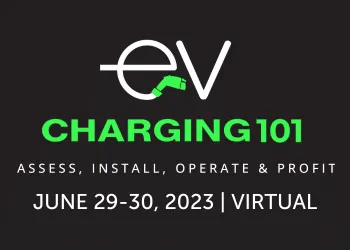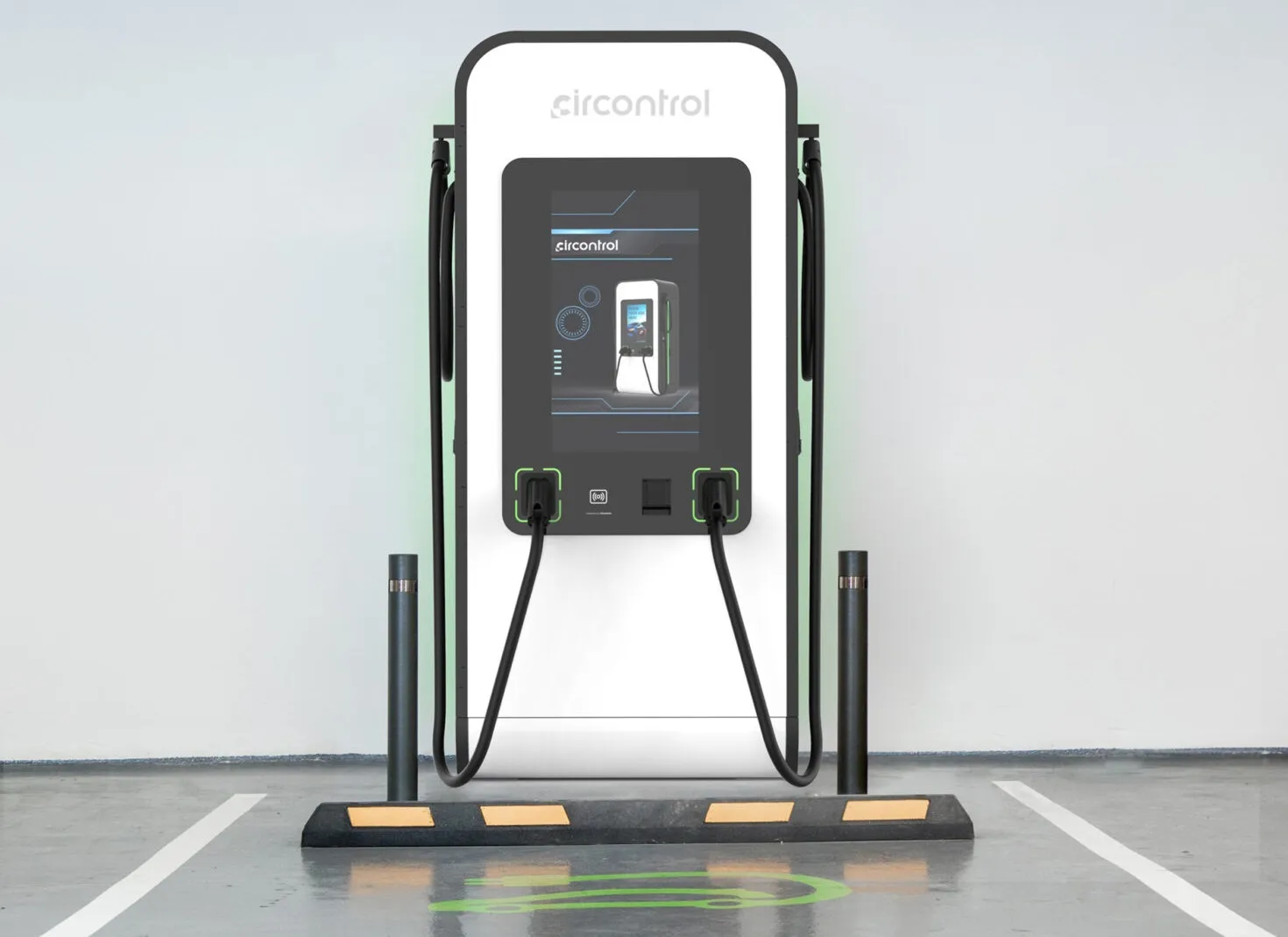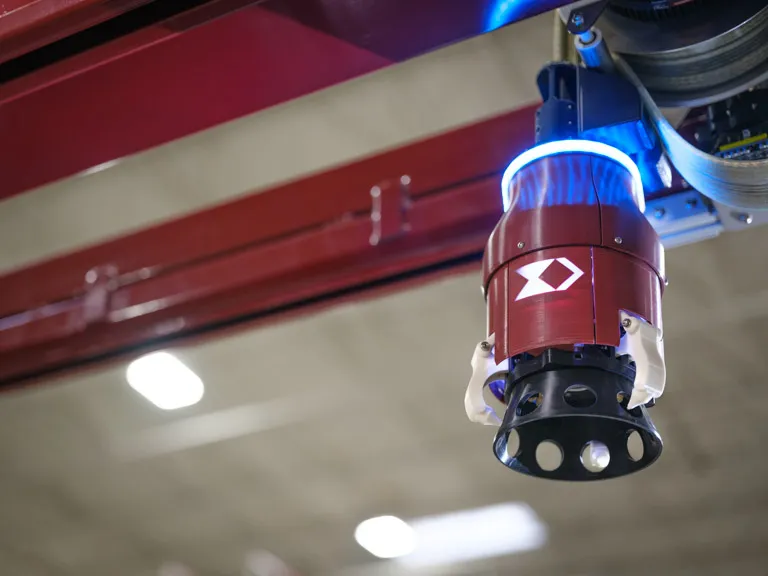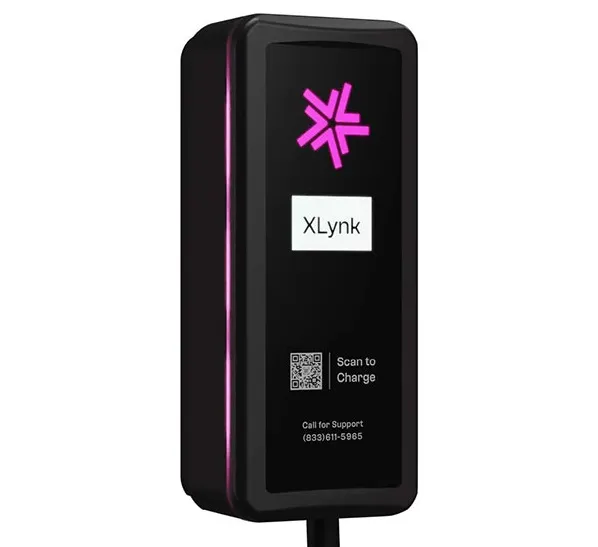
“You may not need one today – but as you scale up, you’ll wish you had it in your future programmes,” he told the online audience at the EV Charging 101 virtual conference.
The number of EVs on US roads is expected to reach 26.4 million in 2030 and while increased market penetration of EVs is an exciting step towards sustainability, the current electric grid cannot meet US needs – especially in remote locations, he suggests.
Key challenges include inadequate charging power, charging ‘deserts’ from lack of availability leading to the potential for high utility costs, not to mention lengthy interconnection times and massive demand charges.
“When you’re planning EV infrastructure for large-scale deployments, you want to look at what your utility is from an inter-connection capacity – and start those conversations as soon as you first think about what you want to deploy,” Goldman explains. “They can hopefully tell you what capacity is between this site you’re looking at or multiple sites you may have to consider.”
You can then plan out the EV charging in terms of space, accesibility and usability, and bring in tax breaks, incentives and rebates to help with funding the equipment.
“As a business you may then have sustainability goals, greenhouse gas and other carbon emissions reductions that you’ve stated privately or publicly that these systems can help you address, both from upstream emissions… as well as the emission reductions you can have from local microgrid installs at your site,” he says.
There may be opportunities for on-site generation and storage, and even the capacity to export power yourself.
Managed charging can give your EV fleet great optimization, cost reduction, the ability to think about renewable integration and improve battery health of vehicles.









